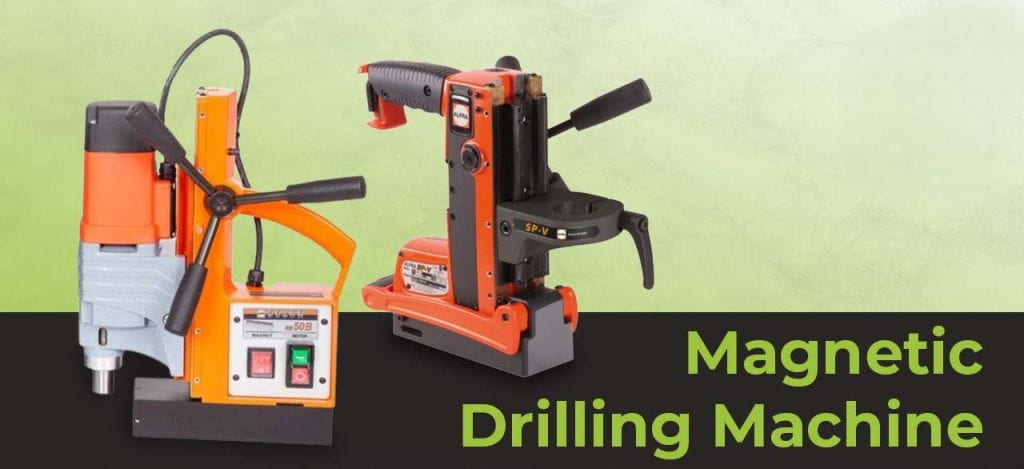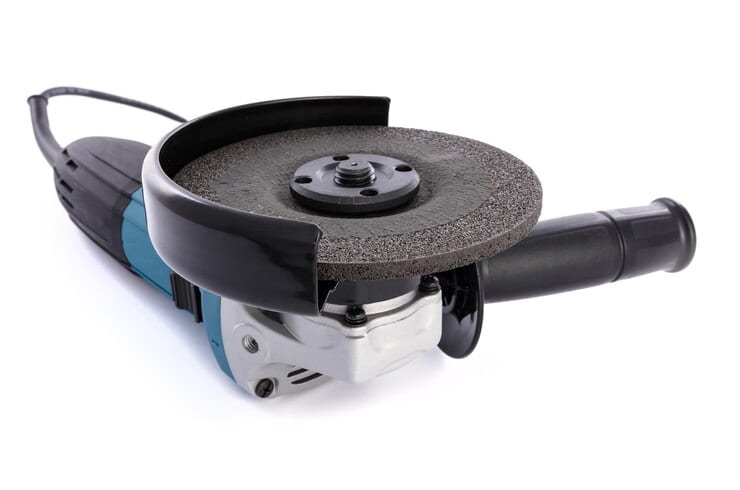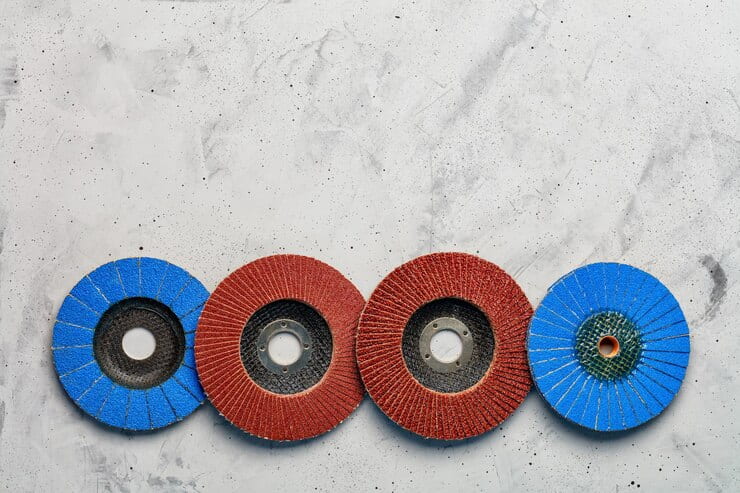
Magnetic drill machines, also known as mag drills, are indispensable tools in construction, metal fabrication, and industrial maintenance. With their precision, portability, and power, these machines are a staple in any workshop or job site that requires accurate drilling on metal surfaces. However, investing in a magnetic drill machine supplier requires more than just comparing specs—it demands choosing a trustworthy supplier.
If you’re in the UAE and looking for a reliable magnetic drill machine supplier, this guide will walk you through everything you need to know to make the right decision.
Why It’s Crucial to Choose the Right Supplier
Before we dive into how to find a supplier, let’s quickly look at why it matters:
- Quality Assurance: A trusted supplier ensures you get a durable, high-performance machine.
- After-Sales Support: You’ll have access to maintenance services, spare parts, and customer service.
- Product Authenticity: The best suppliers deal in original brands and certified products.
- Cost-Effectiveness: Reliable suppliers offer competitive pricing and honest warranties.
Step-by-Step Guide to Finding a Reliable Supplier
1. Research Online and Offline
Start by listing potential suppliers. You can do this through:
- Google Search – Keywords like “magnetic drill machine suppliers in UAE” or “buy mag drill UAE”.
- Online Marketplaces – Check platforms like Dubizzle, Yellow Pages UAE, and AliExpress (UAE Region).
- Industrial Trade Shows – Attend local exhibitions like SteelFab UAE to meet suppliers face-to-face.
Tip: Look for suppliers who have both a professional website and a physical showroom or warehouse.
2. Check Product Range and Brands Offered
The more diverse the catalog, the better. Look for suppliers who carry reputable international brands such as:
- FEIN
- BDS Maschinen
- Evolution Power Tools
- Ruko
- Milwaukee Tools
This shows they have strong distribution networks and experience handling premium equipment.
3. Evaluate Certifications and Authenticity
Make sure the supplier is:
- ISO certified
- A registered dealer/distributor for the brands they sell
- Offering machines with CE or equivalent safety certification
4. Compare Pricing, Warranties & Return Policies
A cheaper machine isn’t always better. Instead, compare:
- Base price vs features (e.g., speed settings, magnet strength, safety features)
- Warranty periods – Reliable suppliers offer 1-year to 2-year warranties
- Return or replacement policy – Especially important if buying online
5. Check Reviews and Testimonials
Visit platforms like:
- Google Reviews
- Trustpilot
- Facebook business pages
- Supplier website testimonials
Read both good and bad reviews to get a balanced view. Don’t hesitate to contact past customers for feedback if possible.
6. Ask About After-Sales Service & Spare Parts
A trustworthy supplier will offer:
- On-site service or technical support
- Availability of spare parts
- Access to a service center in the UAE
A mag drill can last years if properly maintained—after-sales service is crucial!
7. Look for Local Presence and Delivery Options
Choose a supplier with:
- A physical presence in industrial zones like Sharjah Industrial Area, Dubai Al Quoz, or Abu Dhabi Musaffah
- Reliable delivery across the UAE
- Options for bulk orders or corporate contract
Final Checklist Before You Buy
- ✅ Verified brand and model
- ✅ Competitive and transparent pricing
- ✅ Warranty + after-sales support
✅ Local availability of parts - ✅ Trusted customer reviews
- ✅ Secure payment and delivery
📞 Conclusion
Buying a magnetic drill machine is an investment in productivity and precision. The UAE offers a vibrant marketplace with both global brands and local expertise—but finding the right path of magnetic drill machine supplier can make all the difference.
Use this guide to assess suppliers with confidence, avoid common pitfalls, and ensure you’re getting real value for your money.


